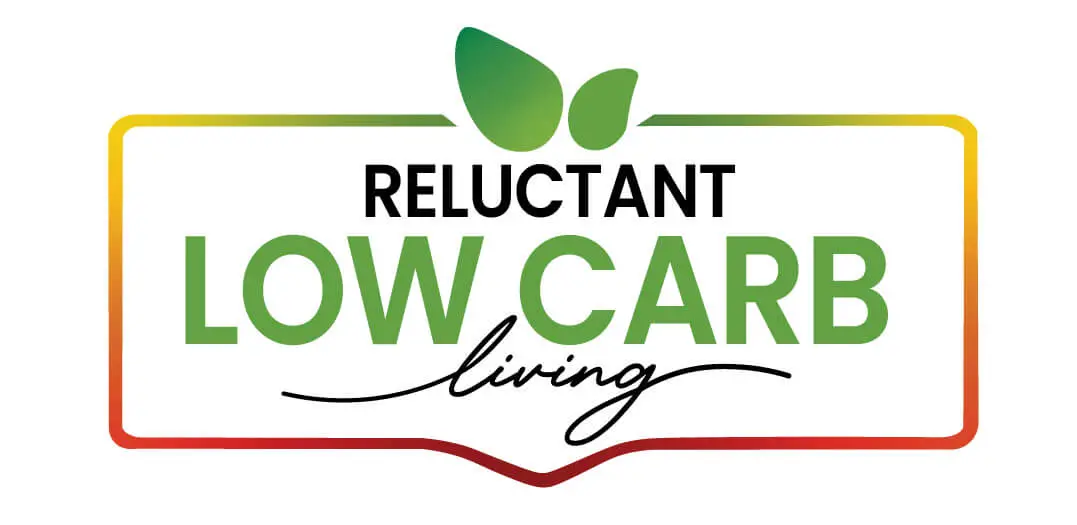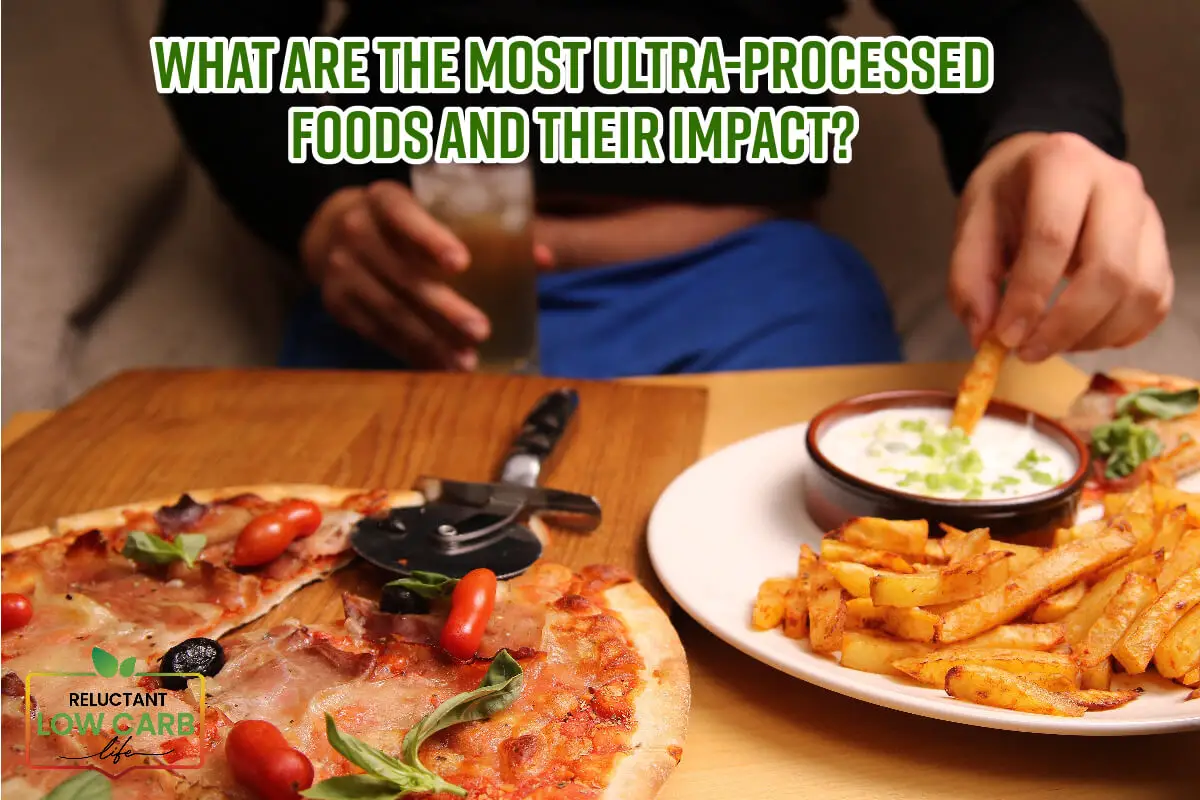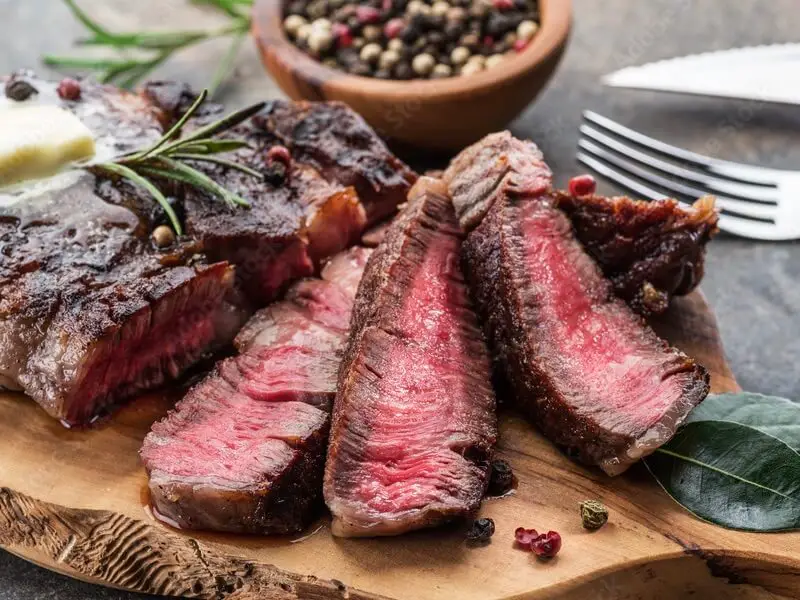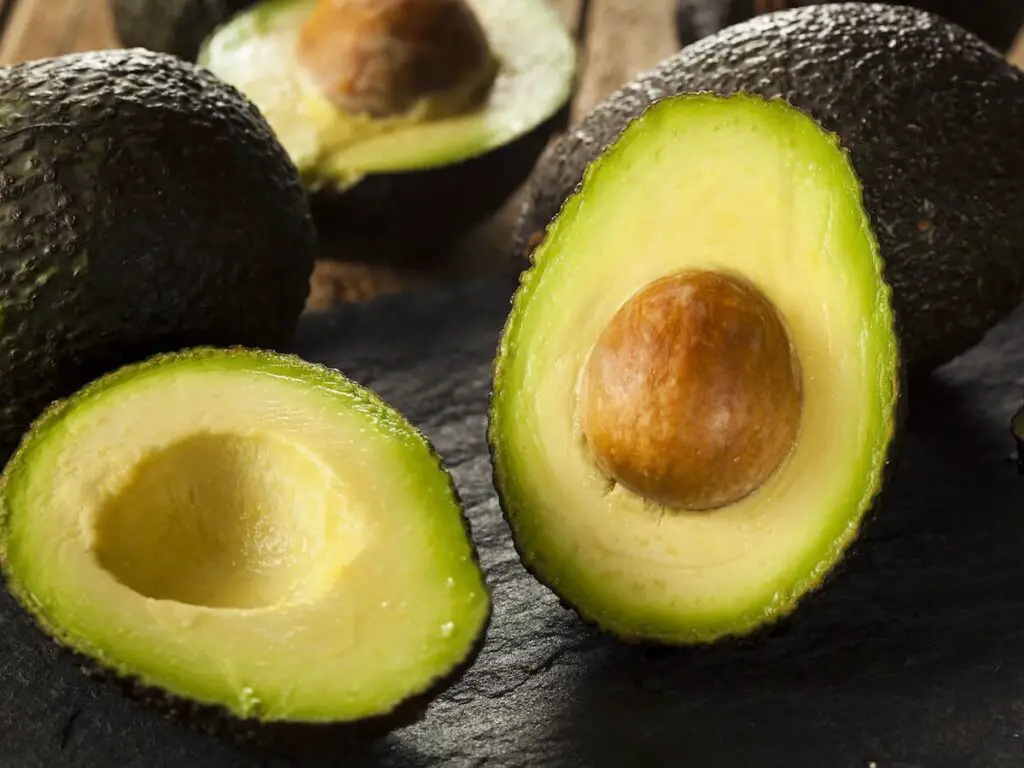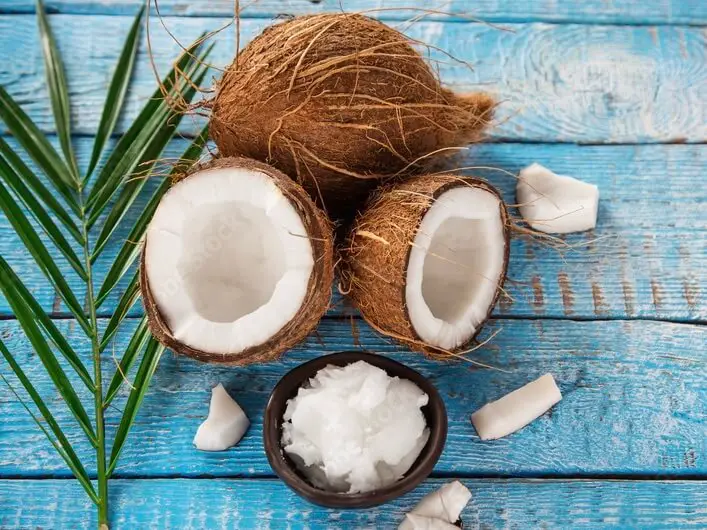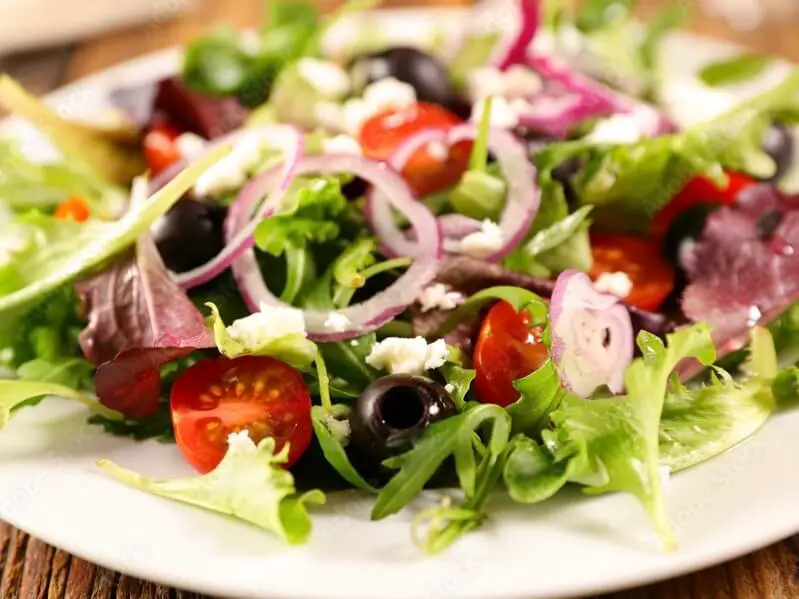In recent research, the spotlight has been on the concerning impact of ultra-processed foods.
One approach to understanding these foods better is through the NOVA system, initially developed in Brazil, which categorizes these products into four distinct groups. At Reluctant Low Carb Life, we emphasize a balanced approach, focusing on consuming fresh foods, promoting fitness, and selecting foods that provide lasting fullness.
Table of Contents
- Unmasking The Culprits: The Most Ultra-Processed Foods And Their Impact
- Identifying The Most Notorious Ultra-Processed Foods
- The Reluctant Low Carb Life Trifecta: Freshness, Fitness, And Fullness
- Disclaimer:
- Related Question
Unmasking The Culprits: The Most Ultra-Processed Foods And Their Impact
In the modern world, the term “ultra-processed foods” has become synonymous with convenience, but it comes at a cost to our health. These highly processed culinary creations have infiltrated our diets, often without us realizing it.
In this exploration, we dive deep into ultra-processed foods, examining their definition through the NOVA system, uncovering their characteristics, and identifying some of the most notorious culprits that have found their way into our daily lives.
Defining Ultra-Processed Foods: The NOVA System
The concept of ultra-processed foods, often abbreviated as UPFs, was introduced by Carlos Monteiro, a professor of Nutrition and Public Health at the University of Sao Paulo, Brazil. It emerged as an answer to a perplexing paradox: while sugar consumption was declining, rates of type 2 diabetes and obesity were on the rise in Brazil.
To unravel this puzzle, Monteiro and his team delved into the changing dietary habits of the population since the 1980s. They discovered a shift in consumption patterns towards industrial products characterized by high levels of processing.
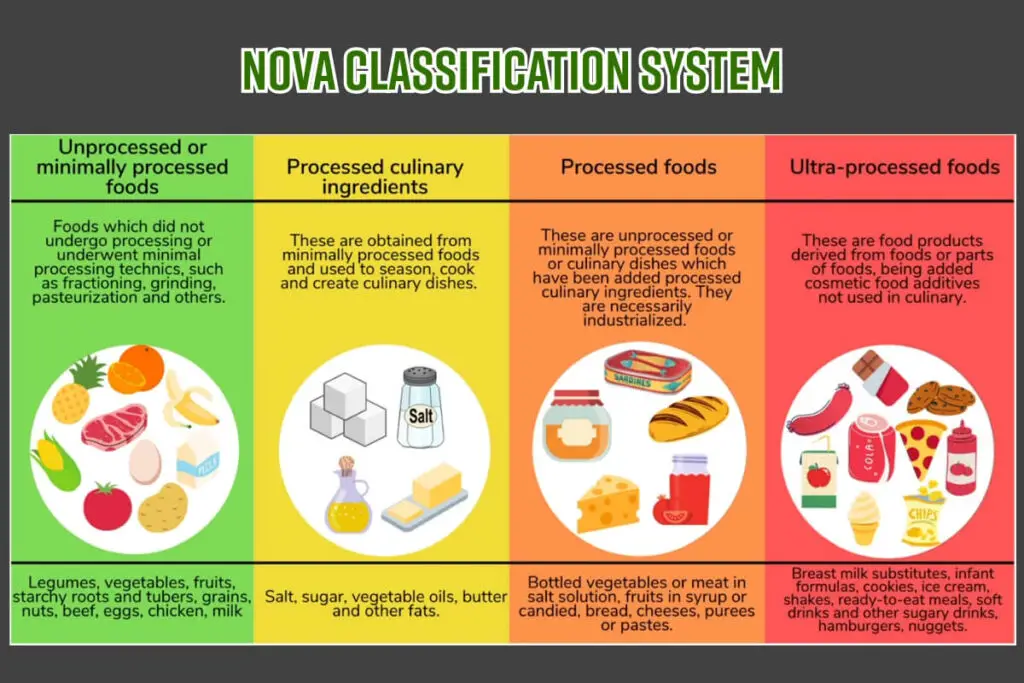
To classify these foods systematically, Monteiro developed the NOVA system, which categorizes foods into four groups based on their level of processing:
Group 1 – Unprocessed Or Minimally Processed Foods:
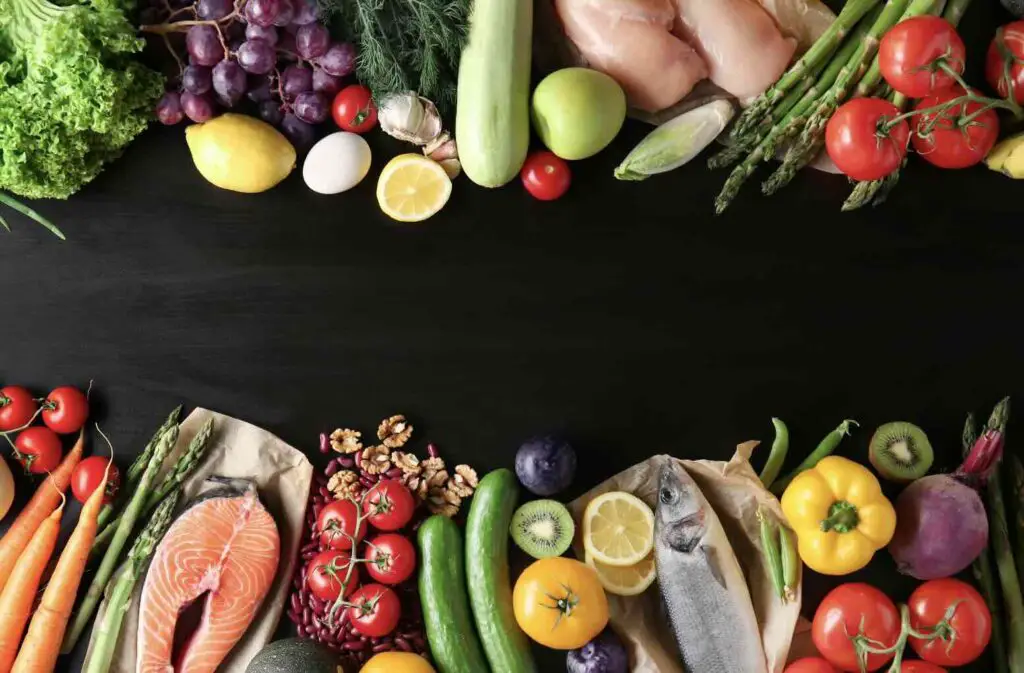
These natural foods we find in their original state, such as fruits, vegetables, eggs, meat, and milk.
Group 2 – Foods Processed In The Kitchen:
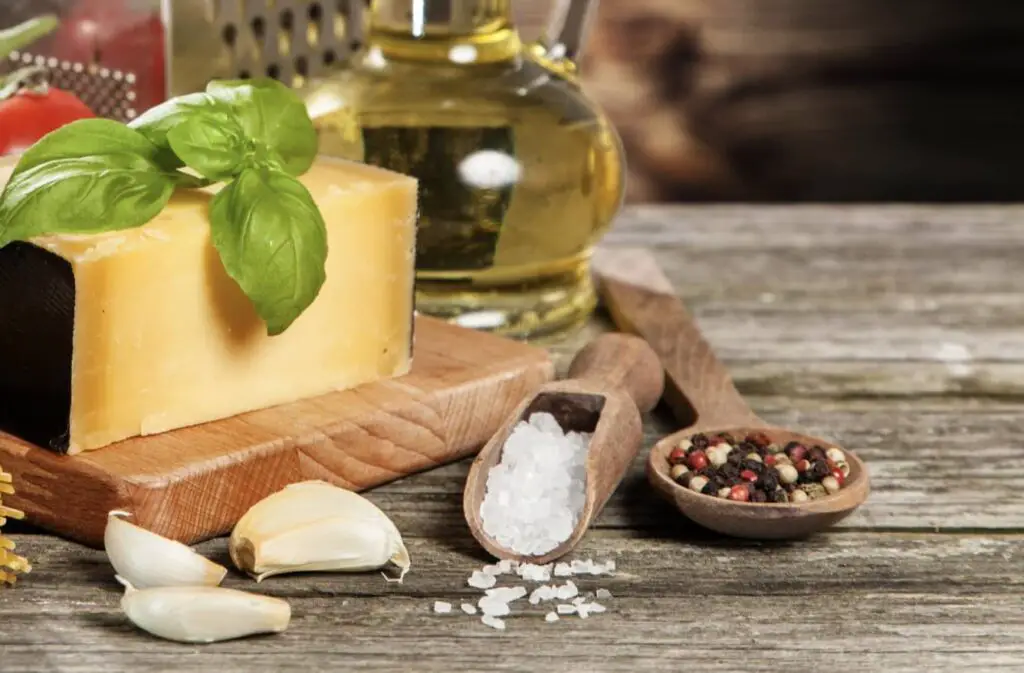
This category includes fats and aromatic herbs intended to extend shelf life when preserved in jars or refrigerators for later use.
Group 3 – Processed Foods:
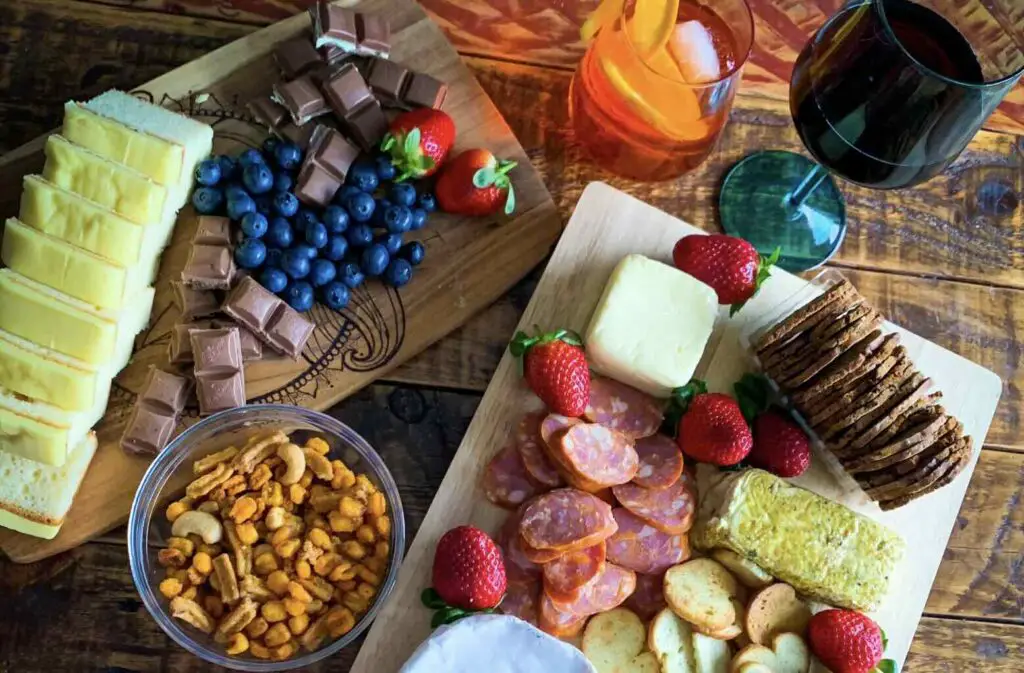
These are products created by combining ingredients from Groups 1 and 2, resulting in domestic staples like bread and jams, typically made from a handful of ingredients.
Group 4 – Ultra-Processed Foods:
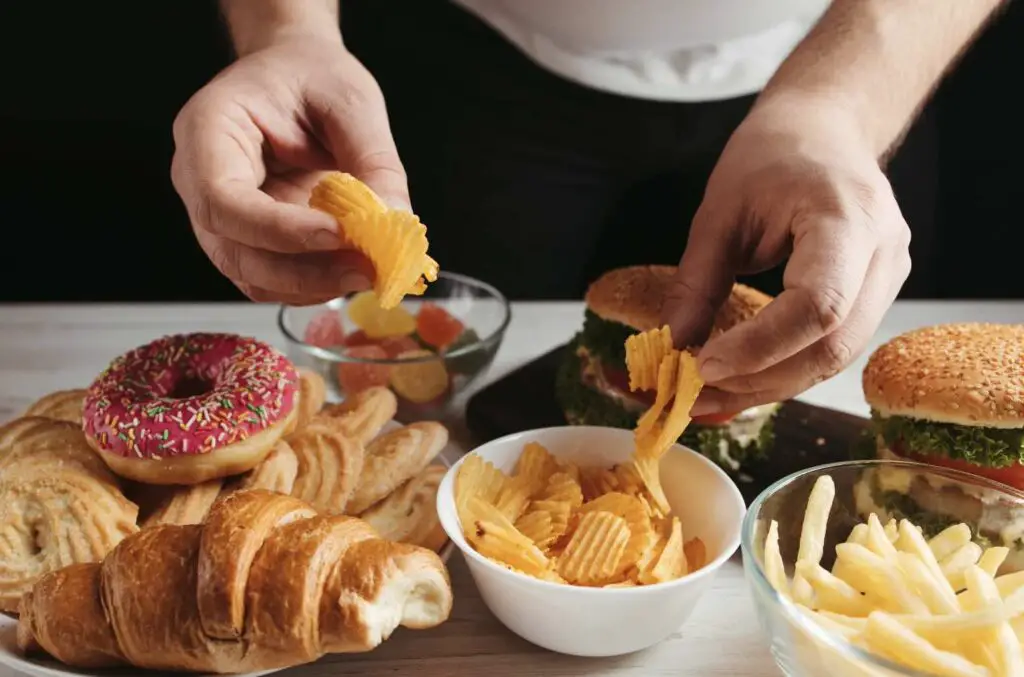
Ultra-processed foods are characterized by many ingredients, including food additives, processed raw materials (like hydrogenated fats and modified starches), and components rarely found in home cooking, such as soy protein or mechanically separated meat.
These foods are predominantly of industrial origin, boast a pleasing taste, and have a long shelf life.
Characteristics Of Ultra-Processed Foods
Ultra-processed foods have infiltrated the diets of developed countries for decades, constituting more than half of the calories consumed in places like the United Kingdom and the United States.

These foods have now become ubiquitous, characterized by the following traits:
Affordability:
UPFs are cost-effective, making them an attractive choice for budget-conscious consumers.
Profitability:
Their production is highly profitable for manufacturers due to low-cost ingredients and mass production.
Flavorful:
UPFs are designed to be intensely flavored, often containing high levels of salt, sugar, fat, and saturated fatty acids.
Aggressive Marketing:
They are aggressively marketed, making them easily accessible in supermarkets worldwide.
Ready-to-Eat:
The convenience factor is a significant advantage; they require minimal preparation and can be consumed on the go.
These foods differ not only in composition but also in how they are consumed. The accessibility and aggressive promotion of ultra-processed products lead consumers to “replace regular, freshly prepared meals and dishes with snacks that are easy for them to eat at any time.
Identifying The Most Notorious Ultra-Processed Foods
Now that we have a clear understanding of what ultra-processed foods are and their defining characteristics let’s delve into some of the most notorious culprits that have become an integral part of our modern diets:
Frozen Meals:
These convenient options often contain a myriad of additives and preservatives to enhance flavor and prolong shelf life. They are a popular choice for quick dinners but may sacrifice nutritional value.
Soft Drinks:

Carbonated beverages, often laden with high levels of sugar or artificial sweeteners, are quintessential ultra-processed products. They offer little to no nutritional benefits but are widely consumed for their refreshing taste.
Hot Dogs:

These processed meat products are a staple of fast food culture. They typically contain a mix of low-quality meats, additives, and preservatives.
Deli Meat:

Deli meats like salami, bologna, and ham are highly processed and often loaded with sodium, preservatives, and nitrates.
Fast Food:
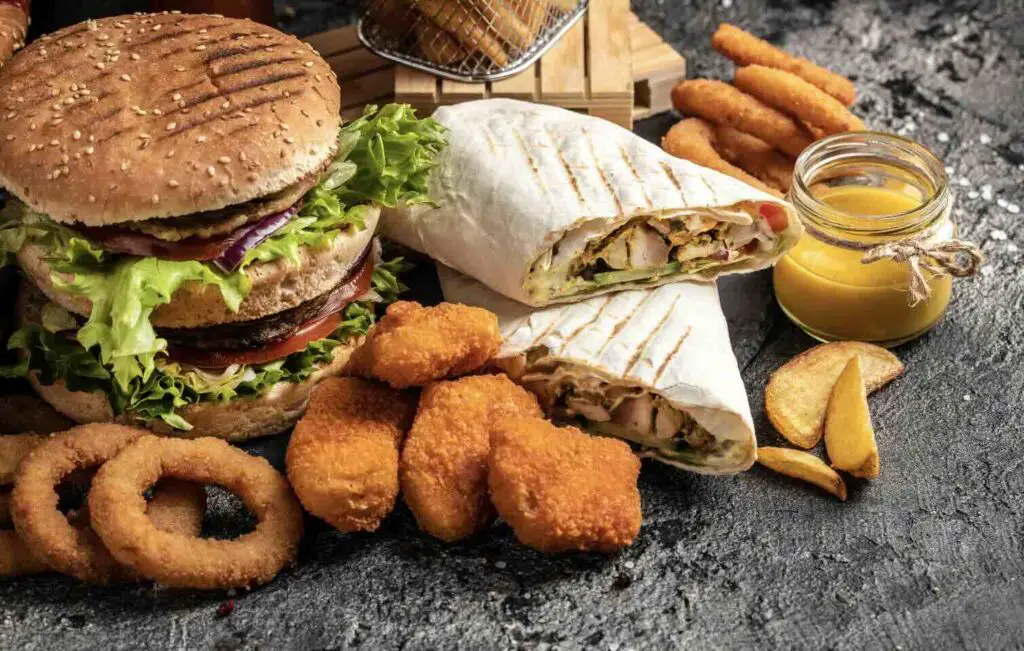
The epitome of convenience, fast food items like burgers, fries, and chicken nuggets are prime examples of ultra-processed foods. They are notorious for their high calorie, sodium, and unhealthy fat content.
Packaged Cookies:

Sweet treats like packaged cookies are formulated with many ingredients, including artificial flavors and preservatives, to extend their shelf life.
Cakes:

Store-bought cakes often contain many artificial additives and high levels of sugar, making them prime examples of UPFs.
Salty Snacks:
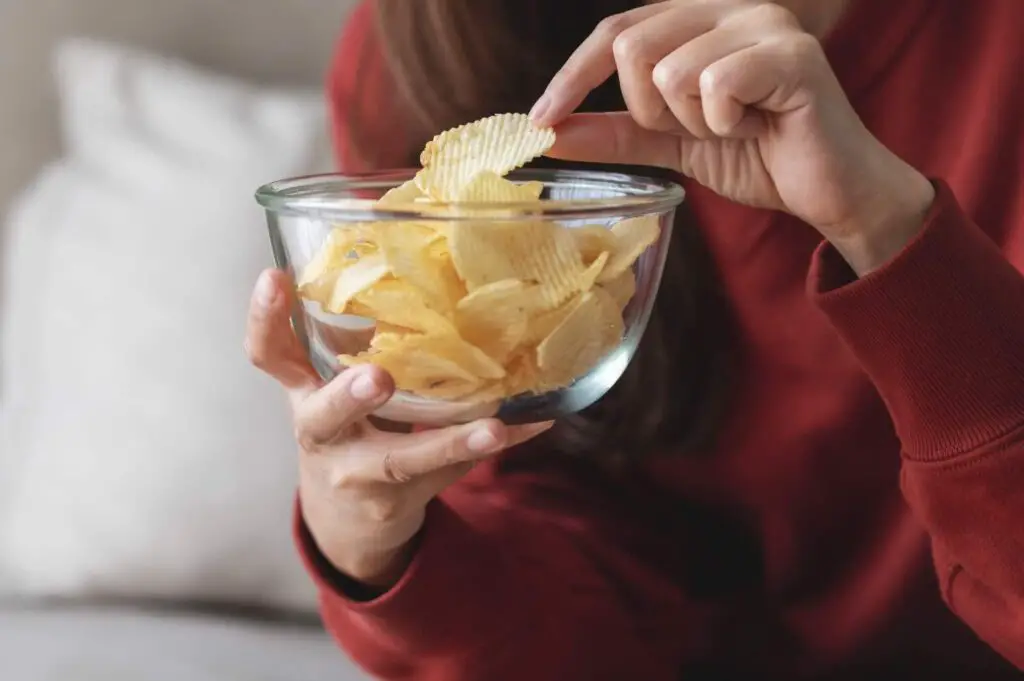
Chips, pretzels, and other salty snacks are heavily processed, typically featuring additives to enhance flavor and preserve crispiness.
This is not a complete list of ultra-processed foods but just some of the most common foods. The central well to tell if a food is Ultra-processed or what category it will go into is to look at the ingredients.
Ultra-processed foods have become an undeniable part of our modern food landscape, infiltrating our diets and raising concerns about their impact on our health. The NOVA system offers a clear framework for understanding the levels of processing in our foods, with Group 4, the ultra-processed foods, being the focus of scrutiny.
As consumers, it’s essential to recognize the presence of these UPFs in our daily lives and make informed choices about our dietary habits. By understanding the defining characteristics of ultra-processed foods and identifying some of the most common culprits, we can take steps towards a more balanced and healthier diet.
Ultimately, the power to reclaim our health and well-being lies in our hands as we navigate the modern food landscape with knowledge and discernment.
The Reluctant Low Carb Life Trifecta: Freshness, Fitness, And Fullness
To understand and combat the impact of ultra-processed foods on our health, it’s essential to adopt a well-rounded approach. This approach, known as the Reluctant Low Carb Life trifecta, prioritizes three fundamental elements: freshness, fitness, and fullness.
Let’s explore these pillars and how they contribute to a balanced and health-conscious lifestyle.
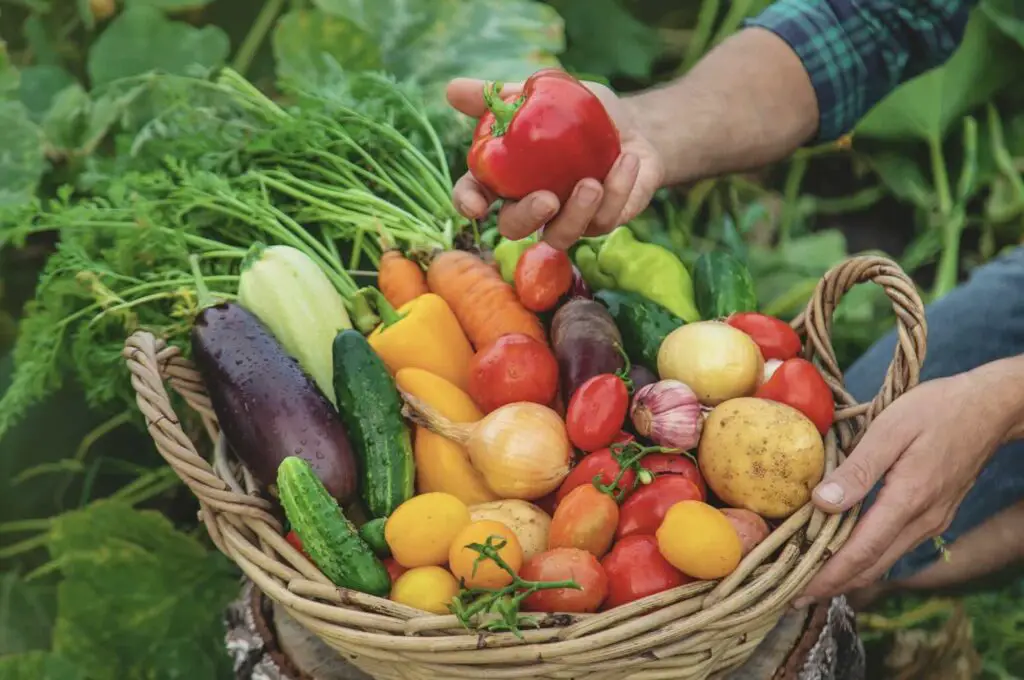
Freshness: The Foundation Of Nutrition
Freshness serves as the bedrock of sound nutrition. It emphasizes consuming foods that closely resemble their natural state as if they were just plucked from your grandmother’s garden or farm.
Think of vibrant fruits, crisp vegetables, farm-fresh eggs, wholesome meats, and pure dairy products. By choosing fresh foods, you’re not only optimizing their nutritional content but also savoring their authentic flavors.
Fresh foods typically undergo minimal processing, preserving their essential nutrients and taste. These unadulterated ingredients are free from additives, preservatives, and artificial enhancements, ensuring you receive the purest form of nourishment.

Fitness: Embracing A Lifestyle Of Movement
Fitness is an integral part of the Reluctant Low Carb Life trifecta. It encourages adopting physical activity as a fundamental aspect of daily living.
Whether it’s a brisk walk in the park, a rejuvenating yoga session, or a challenging gym workout, incorporating regular exercise offers numerous benefits for your physical and mental well-being.
Engaging in fitness routines enhances physical strength, cardiovascular health, and overall fitness level. It also serves as a potent stress management tool, elevating your mood and bolstering your self-confidence.
The key is discovering an activity that brings you joy and aligns with your lifestyle, making it easier to weave exercise into your daily routine.
Remember that fitness isn’t a destination but a lifelong journey. By embracing movement as a lifestyle choice, you can reap the rewards of improved health and vitality.
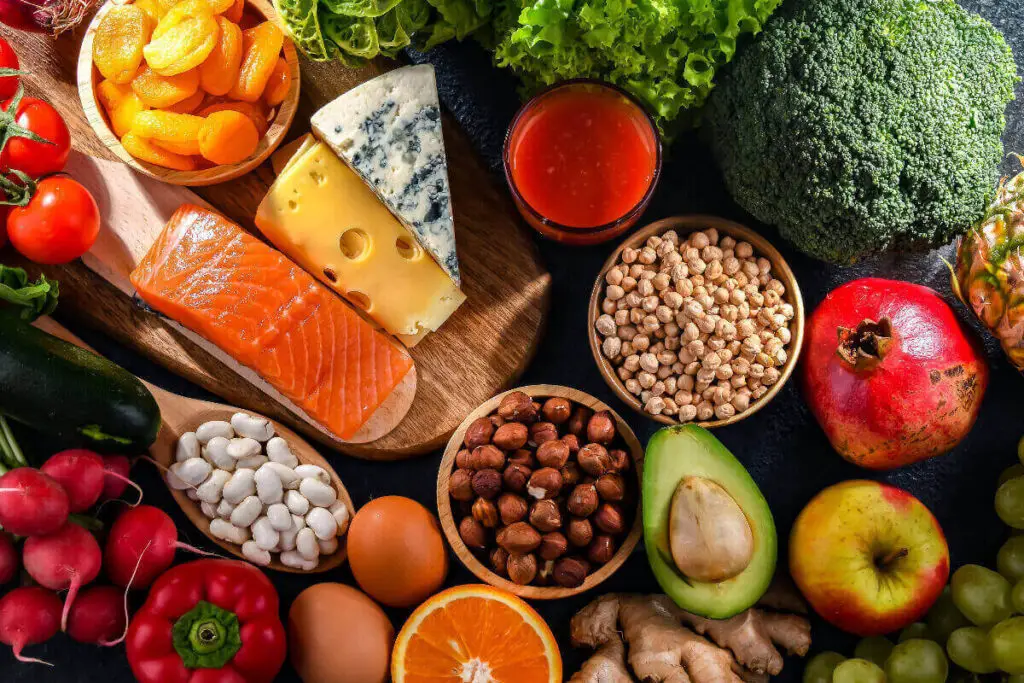
Fullness: Nourishment And Satisfaction
The third pillar of the Reluctant Low Carb Life trifecta is fullness, focusing on consuming foods that promote satiety and sustained energy. It’s not about deprivation or strict diets but rather making mindful choices that support a feeling of fullness and contentment.
Fullness is balancing, practicing portion control, and adopting mindful eating habits. By opting for foods rich in fiber, healthy fats, and quality proteins, you can mitigate intense hunger pangs and cravings.
These choices provide lasting energy, reducing the temptation to indulge in less nutritious alternatives.
Savoring your meals and tuning into your body’s hunger and fullness cues are essential aspects of the fullness pillar. By prioritizing foods that nourish and satisfy, you can navigate your dietary choices more effectively.
Navigating The Ultra-Processed World
In an era where ultra-processed foods have become an integral part of our diets, the Reluctant Low Carb Life trifecta offers a balanced and health-conscious approach to nutrition and well-being.
However, it’s important to reiterate that this information is provided for educational purposes and should not replace professional medical or dietary advice.
By embracing the principles of freshness, fitness, and fullness, individuals can make informed choices about their dietary habits and overall lifestyle. These principles encourage a connection with nature’s bounty, an active and vibrant existence, and a sense of fulfillment through nourishing choices.
Ultimately, the journey to understanding and combatting the impact of ultra-processed foods on our health begins with knowledge, mindfulness, and a commitment to holistic well-being.
Consultation with healthcare or dietary professionals is strongly recommended for personalized guidance on your unique health and nutrition needs.
Disclaimer:
Before we delve deeper into ultra-processed foods and the principles of the Reluctant Low Carb Life trifecta, we must acknowledge that the information provided here is not a substitute for professional medical or nutritional advice.
The insights shared in this discussion are intended for informational purposes only, and it’s crucial to consult with qualified healthcare or dietary professionals for personalized guidance on your health.
You Can Listen To Our Podcast Crunching the Code: Navigating the World of Ultra-Processed Foods and Their Hidden Impact Below or By clicking here.
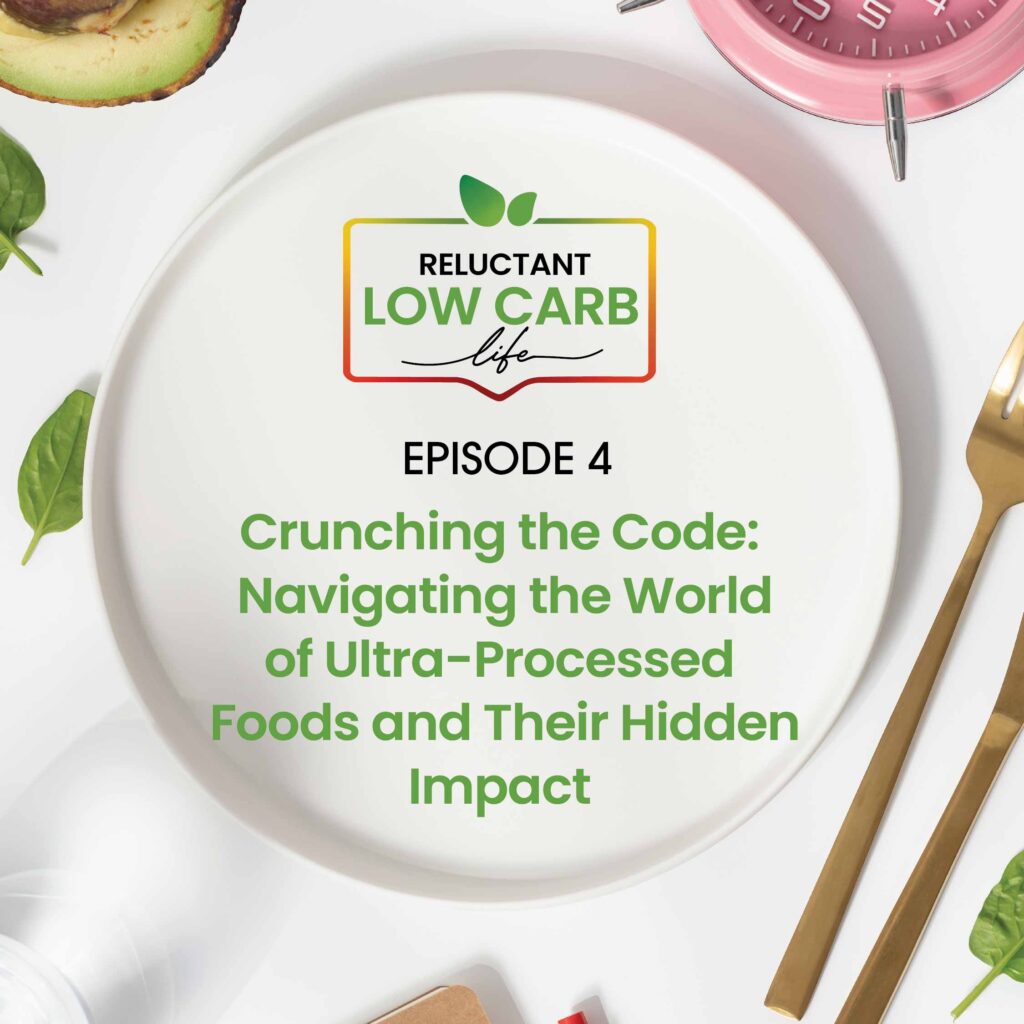
At Reluctant Low Carb Life, we are staunch advocates of the Health Trifecta: Fullness, Fitness, and Freshness. Additionally, we embrace the pillars of health, wellness, and graceful aging. Our mission is to provide honest and precise information to individuals dedicated to adopting a healthy lifestyle while enhancing their fitness and well-being.
We have a free monthly newsletter that is filled with information and helps you remain updated. Subscribe to the Reluctant Low Carb Life newsletter by clicking here.
Listen to our weekly podcast, Reluctant Low Carb Life, on all the major podcast platforms by clicking here.
Follow us on Instagram and Facebook by clicking here.
Related Question
Guide To Doterra Essential Oils And Low-Carb Life
Low-carb diets are known for helping people lose weight while also combating diabetes and cardiovascular disease. Low Carb diets involve reducing the amount of carbs consumed daily to less than 50 grams to keep blood sugar levels low. Some essential oils can help aid you with your low-carb diet.
You can read more about Guide To Doterra Essential Oils And Low-Carb Life by clicking here.
Guide To Using Lavender Essential Oils
Lavender is a highly versatile essential oil used since ancient times. It is an essential oil that is shown to help with anxiety and reduces inflammation and infections. It is also an essential oil that smells good and can be soothing when used with a diffuser or in your bath water. We believe in adding Lavender essential oils to your healthy lifestyle and making the healthy choice for using them as they can have added health benefits.
You can read more about Guide To Using Lavender Essential Oils by clicking here.
Guide To The Difference Between Essential Oils And Extracts
Both essential oils and extracts are plant fruit, herb, and bark-based, but their extraction is entirely different, even though they may use similar plants. Essential oils use the distilling process, whereas extraction uses a soaking process. Both of these methods have been used throughout civilizations for hundreds of years. They both have medicinal and other properties that help maintain your low-carb lifestyle.
You can read more about Guide To The Difference Between Essential Oils And Extracts by clicking here.
ietary needs.
